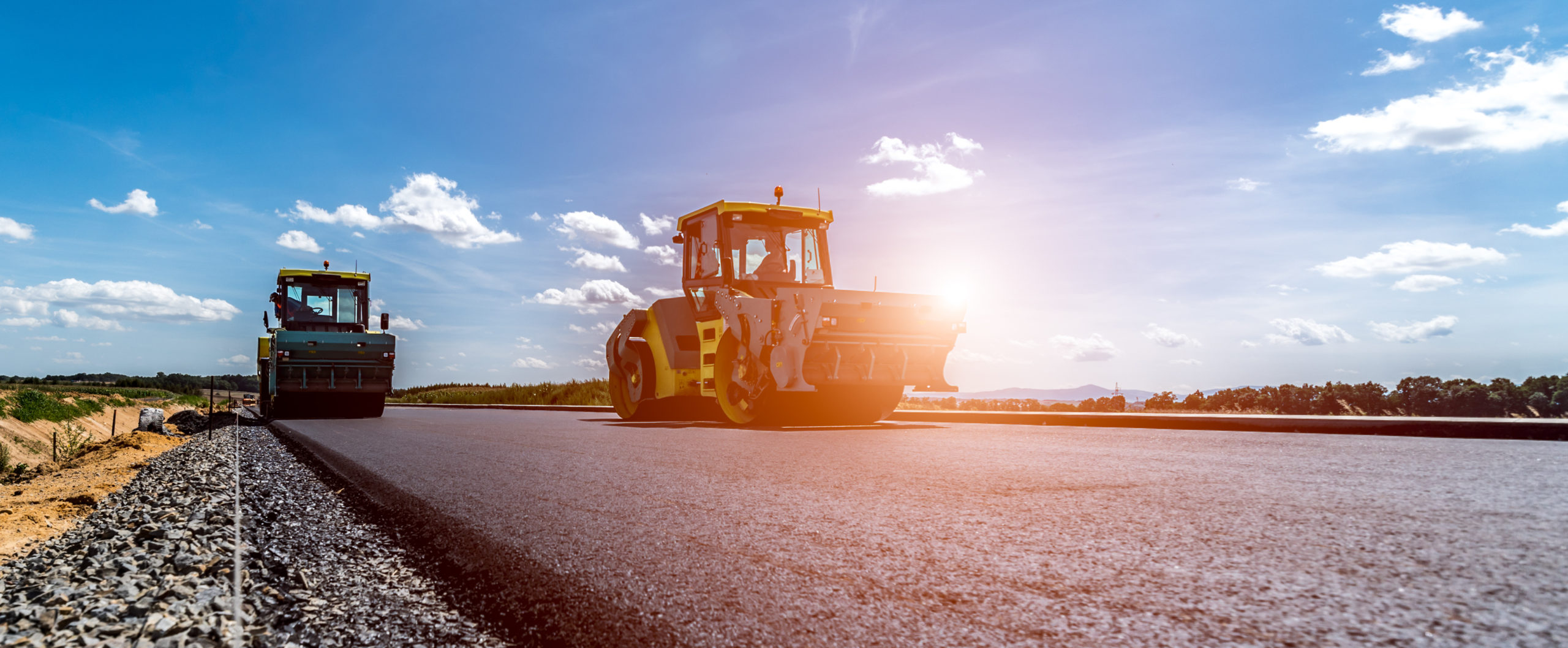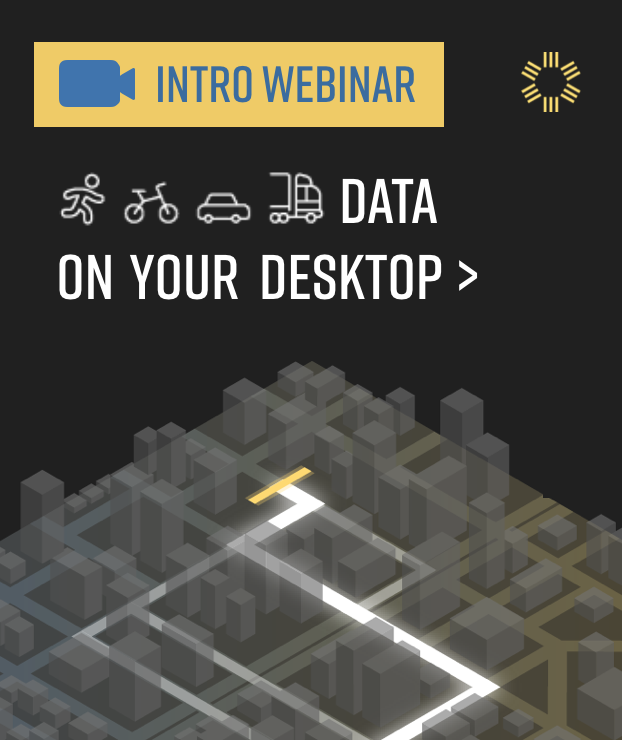
7 Ways Big Data Can Help with Transportation Grant Applications

Landmark federal grants are funding planning and capital investments to upgrade American infrastructure such as roads, bridges, transit, rail, ports, or intermodal transportation. Since 2009, DOTs, transit agencies, and several other public agencies have received millions of dollars, and are poised to receive billions more from the Bipartisan Infrastructure Bill.
While these grants are competitive, we’ve seen that using Big Data adds a unique level of measurable detail that offers advantages for both urban and rural areas. And these takeaways can apply to any grant application.
The 7 Best Data Sets for Grants
Over the last few years, we’ve helped more and more agencies use our data to apply for similar grants. What works? Overall we see seven key metrics bolstering most types of grant applications:
1. Traffic counts
These building blocks measure levels of traffic for any road, from busy urban highways to neighborhood streets, to rural roads where traditional counts aren’t current or even available at all. Bonus: they can be used to analyze Vehicle Miles Traveled to evaluate air quality benefits of a project.
2. Speed
Using Big Data to determine speed can help grant applicants identify the intensity of congestion on roadway networks. This data can also be used to measure the benefits of proposed congestion reduction strategies, quantify travel time savings, and in turn, establish a baseline for calculating economic benefit.
3. Freight travel patterns
Big Data offers the ability to segment commercial trucks from personal vehicles, and analyze Origin-Destination (O-D) pairs, travel times, parking data, and more.
4. Bike and pedestrian travel patterns
Demonstrate projected health benefits by identifying hot spots where vehicle trips can be converted to non-motorized modes.
5. Top routes
When you know the most common O-Ds for trips crossing a bridge, you can assess the travel market, predict the benefits of improving that piece of infrastructure, and show why that project should be prioritized.
6. Before-and-after studies
Since we can’t predict the future, determining the benefits of a proposed project can be challenging. Using Big Data for before-and-after studies of similar projects in other regions can help.
7. Demographic and visitor information
Learn more about who’s visiting your destination to contextualize analyses of economic benefits due to tourism. Demographic data can also inform goals relating to equitable distribution of projects.
Big Data in Action: Butler, Pennsylvania
A great example of these metrics in action is in Butler County, Pennsylvania. They applied for the $100M INFRA grant from the U.S. Department of Transportation. Kelly Maurer, Operations Engineer for Cranberry Township, coordinated with Whitman, Requardt and Associates on traffic data for the application.
Within StreetLight InSight, WRA ran analyses looking at current traffic volume, segment speed, segment delays, congestion and O-D analysis. “The best part was we were able to get the results within a day, including the figures,” Maurer said. “It saved us time, and obtaining the origin and destination information was invaluable to show the regional benefit of this grant.”
We hope this gives you some ideas as you prepare to apply for (and win!) any grant application. If you have any questions, please feel free to contact our team.
The Climate Impact Index helps us think in this comparative way, particularly because most cities are never going to build a subway system like New York’s. Yet, there are still big things they can do that have huge climate impact, and those changes should be recognized and rewarded. With this list we wanted to remind everybody that finding the answer is not one-size-fits-all.
Why Congestion Doesn’t Matter
There are so many lists out there focusing on congestion. Sure, congestion is annoying and wastes time, but today’s efficient cars don’t really cause more transportation emissions when they are moving slowly. Congestion in some sense is actually good, because horrible congestion may make people look at alternatives, like transit or bikes.
For our Climate Impact Index we agonized over what factors to weight and how high. In fact, we originally planned to have sliders instead of set weights, so that planners could adjust the weights themselves and see the results. But then we decided our list would have more power if it sparked real conversations around the real issues that affect transportation emissions.
Planting a stake in the ground like that was really hard for me. I’m an academic, and I like to debate pros and cons. I know there’s no perfect algorithm for measuring the impact of transportation emissions. What we can do, however, is push thinking about how data can measure concrete outcomes.
But Maybe Horses Count
Judging from the conversations that have already come back from my colleagues, creating this list was totally worth it. We’ve got people thinking in creative ways.
Some people have responded with strong opinions about what to measure, and why. And I like that they feel deeply about these issues. Maybe they’ll take this transportation emissions impact idea even further than we did.
We’ve gotten a lot of questions about the non-obvious cities on the “Top 10” list like Des Moines and Madison. People ask me how a city like Des Moines can be “sustainable” when they don’t have a developed transit system. Well, it’s because they drive less.
I don’t care how you drive less. I don’t care if it’s because your area has transit, or bike lanes, or a compact environment, or whatever. I’ll take it any way I can get it.
People have really glommed on to the horse and buggy situation in Lancaster as a solution, which I think is fantastic. I’ve ended up in more than a few entertaining conversations about the impact of horse methane emissions (about which I know absolutely nothing).
Let’s Find a Fast Fix
When it comes to climate change, we are running out of time. We need to reduce vehicle miles traveled (VMT) in the most sprawling, most SUV and truck-filled places in the U.S., and we need to do it now.
We studied the factors that we judged important. But it’s infinite really, the data to analyze for understanding and managing transportation emissions. I encourage others to explore their own analyses.
I know that influencing transportation is the most powerful thing I can do in my limited time on earth, because changes in transportation infrastructure deeply affect our carbon output for the next 30 years. That’s where StreetLight works hard to have an impact. After all, if you can’t measure it, you can’t manage it.
